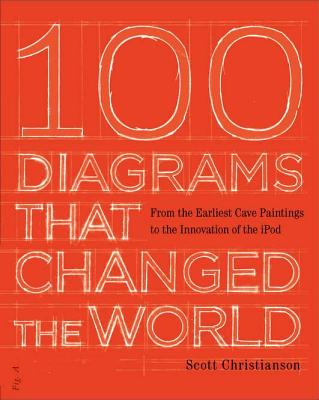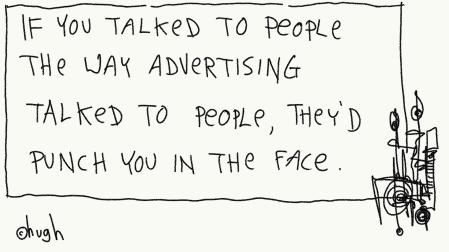100 Diagrams That Changed the World, by Maria Popova @ Brain Pickings
Extract: Since the dawn of recorded history, we’ve been using visual depictions to map the Earth, order the heavens, make sense of time, dissect the human body, organize the natural world, perform music, and even concretize abstract concepts like consciousness and love.
Since the dawn of recorded history, we’ve been using visual depictions to map the Earth, order the heavens, make sense of time, dissect the human body, organize the natural world, perform music, and even concretize abstract concepts like consciousness and love. 100 Diagrams That Changed the World (UK; public library) by investigative journalist and documentarian Scott Christianson chronicles the history of our evolving understanding of the world through humanity’s most groundbreaking sketches, illustrations, and drawings, ranging from cave paintings to The Rosetta Stone to Moses Harris’s color wheel to Tim Berners-Lee’s flowchart for a “mesh” information management system, the original blueprint for the world wide web. Continue reading
About this book (Amazon.com):
Recommended by The New York Times Book Review ["This handsomely designed volume makes a case for the diagrams...provoking many 'aha moments.'"]
A collection of the most important ideas, theories, and concepts of all time
100 Diagrams That Changed the World is a fascinating collection of the most significant plans, sketches, drawings, and illustrations that have influenced and shaped the way we think about the world. From primitive cave paintings to Leonardo da Vinci’s Vitruvian Man to the complicated DNA helix drawn by Crick and Watson to the innovation of the iPod, they chart dramatic breakthroughs in our understanding of the world and its history. Arranged chronologically, each diagram is accompanied by informative text that makes even the most scientific breakthrough accessible to all.
MARC Record; World cat
Info courtesy: W.J. Pels (Jaap) @ km4dev.org.


